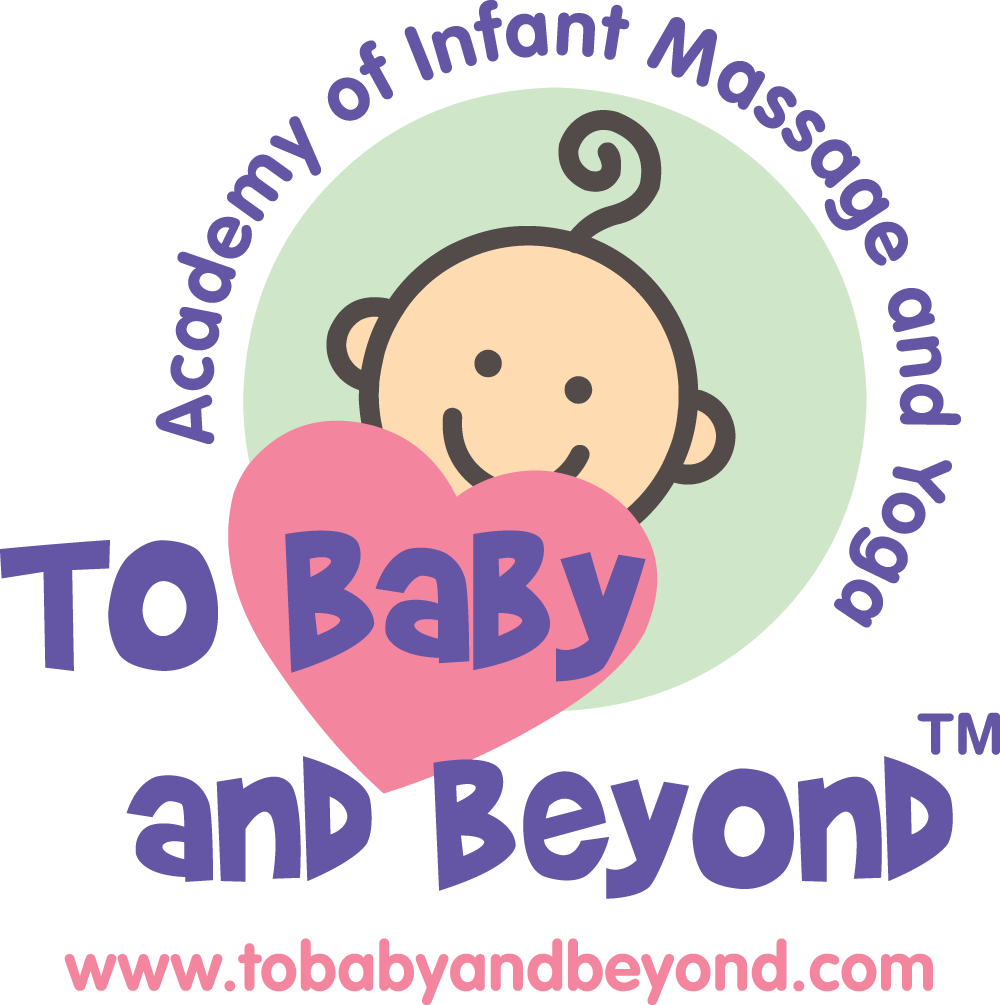There are various increases in blood flow (indicating increased activity) to the different parts of the brain, depending on whether you are hearing, seeing, speaking or thinking of words. Thinking about words engages the limbic association area responsible for thought, learning, perception, and emotion. This higher functioning is intentionally cultivated through the practices of mantra, meditation and contemplation. During the mantra the attention can also be focused on the frontal part of the brain as well, placing attention in the brow; the centre accessed through the space between the eyebrows.
The silent, inner remembering way of using mantra is considered a higher, more effective form than hearing, reading or speaking the mantra. Many benefits come from the proper use of mantra, including dealing with ways of thinking, ability to learn, ways of perceiving and positive use of emotions. Collectively, these benefits set the stage for the deeper practices of meditation and contemplation.
In reflecting on the relationship between mantra and brain physiology, it is most important to remember that mantra is not a practice solely used by the Eastern traditions. The use of mantra, word, compact prayer,or affirmation is recommended by virtually all religions and meditative traditions, although they might describe or use them in different ways.
For parent and baby yoga the use of mantra adds another focus or dimension to the practice. Sound and breath can create a focus shift and also create vibration in the body. For new parents the use of mantra for learning new ways of thinking and using positive emotions can only be beneficial. It also potentially helps with clearing the mind of ‘mind clutter’ and being able to respond to the baby more calmly and effectively. Mantra also offers the parents a very simple but incredibly effective relaxation, calming and focusing tool. It is also likely that babies love both the sound and also the sense of vibration on and from the mother's body.
We cover the use of mantra in our Certificate in Teaching Baby Yoga and Certificate in Teaching Toddler and Preschool Yoga alongside topics such as the principles, history and benefits of baby/toddler yoga, safety aspects, anatomy and physiology relating to baby/toddler yoga, postures and setting up and marketing your own baby/toddler yoga business.
Mantras are also included in our Calmer Stories Instructor course, alongside massage, breathing techniques and mindful activities. Take a look at our timely Calmer Stories instructor course here.
The silent, inner remembering way of using mantra is considered a higher, more effective form than hearing, reading or speaking the mantra. Many benefits come from the proper use of mantra, including dealing with ways of thinking, ability to learn, ways of perceiving and positive use of emotions. Collectively, these benefits set the stage for the deeper practices of meditation and contemplation.
In reflecting on the relationship between mantra and brain physiology, it is most important to remember that mantra is not a practice solely used by the Eastern traditions. The use of mantra, word, compact prayer,or affirmation is recommended by virtually all religions and meditative traditions, although they might describe or use them in different ways.
For parent and baby yoga the use of mantra adds another focus or dimension to the practice. Sound and breath can create a focus shift and also create vibration in the body. For new parents the use of mantra for learning new ways of thinking and using positive emotions can only be beneficial. It also potentially helps with clearing the mind of ‘mind clutter’ and being able to respond to the baby more calmly and effectively. Mantra also offers the parents a very simple but incredibly effective relaxation, calming and focusing tool. It is also likely that babies love both the sound and also the sense of vibration on and from the mother's body.
We cover the use of mantra in our Certificate in Teaching Baby Yoga and Certificate in Teaching Toddler and Preschool Yoga alongside topics such as the principles, history and benefits of baby/toddler yoga, safety aspects, anatomy and physiology relating to baby/toddler yoga, postures and setting up and marketing your own baby/toddler yoga business.
Mantras are also included in our Calmer Stories Instructor course, alongside massage, breathing techniques and mindful activities. Take a look at our timely Calmer Stories instructor course here.


